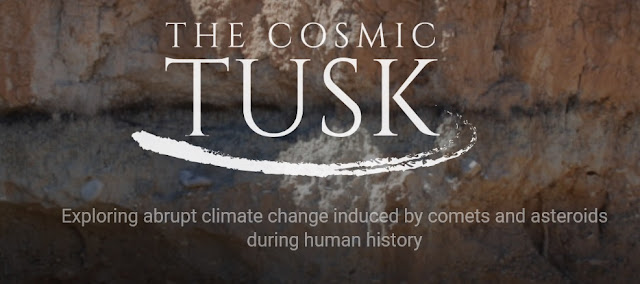The origin of writing Necklace on Pillar 18 at Gobekli Tepe (courtesy of Alistair Coombs) The origin of writing has long fascinated scholars for obvious reasons. The dominant theory presently is that writing began in Mesopotamia, around 3200 BC, probably in the city of Uruk, thought to be the largest urban area ever built up to that time. Writing begins in Egypt soon after, it is generally thought, although given that archaeologists have only scratched the surface of the Earth, all claims of 'prior art' must be treated with extreme caution. Nevertheless, Schmandt-Besserat's theory of writing's origin in Mesopotamia has gained considerable traction. Partly, it is so popular, I think, because it nicely confirms a bias in modern scholarship towards Marxism, i.e. that everything can be explained by the relationship between power and trade. You see, Schmandt-Besserat's theory proposes that writing grew out of trading systems involving tokens and clay tablet...




